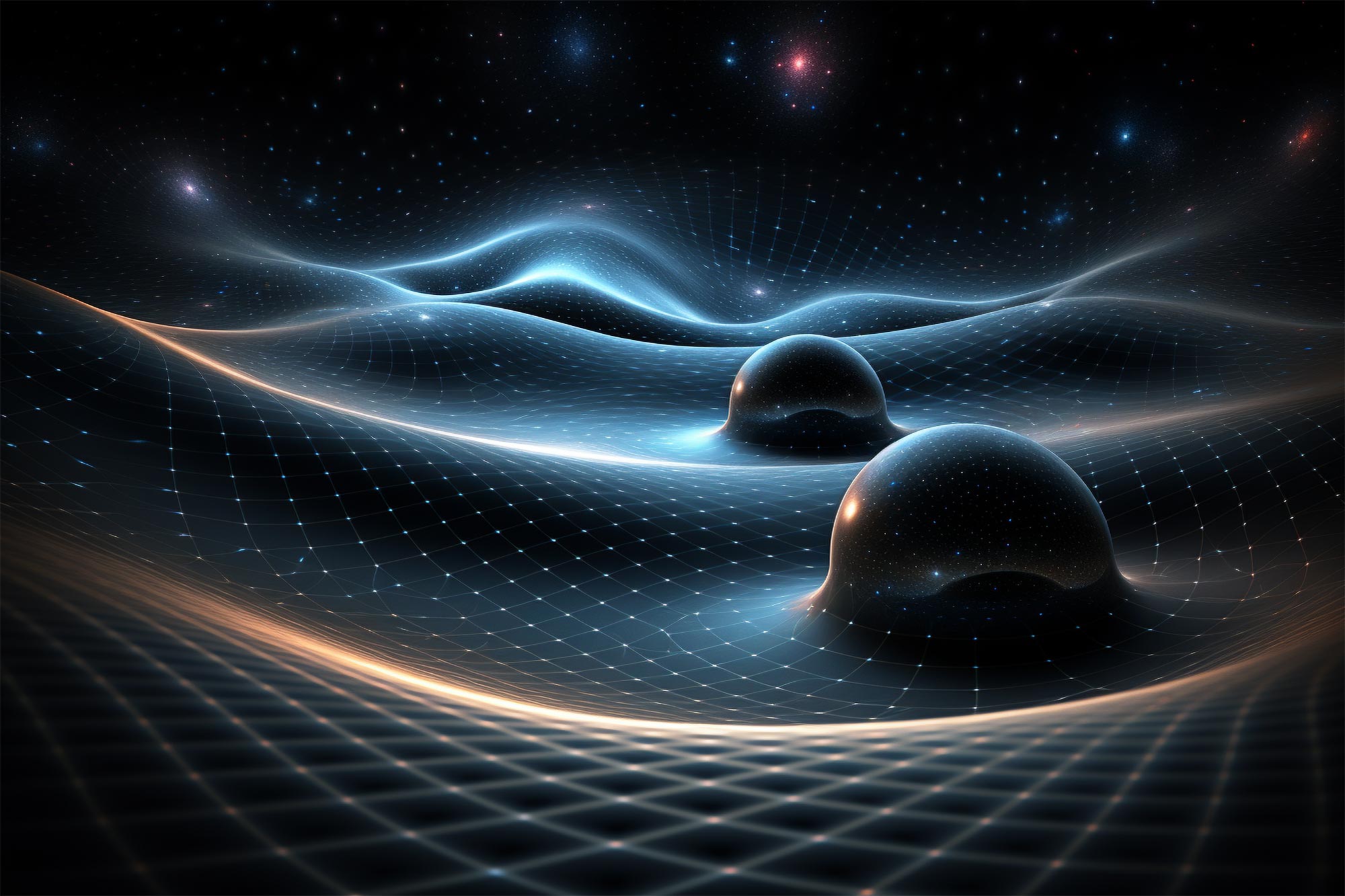Gravitational waves could uncover dim matter changing neutron stars into dark openings
A group of hypothetical physicists in India has demonstrated
the way that gravitational waves could uncover the job that dull matter could
play in changing neutron stars into dark openings.
Dim matter is a speculative, imperceptible substance
summoned to make sense of the inquisitive way of behaving of huge scope
designs, for example, cosmic systems and world groups conduct that can't be
made sense of by gravity alone.
Assuming it exists, dull matter should cooperate with
conventional matter through gravity. Notwithstanding, a few models foresee that
dull matter could likewise communicate with customary matter through
exceptionally powerless non-gravitational connections.
Weak however adequate
"Non-gravitational communication implies that [dark
matter particles] are supposed to have a cooperation with protons and neutrons
of some kind or another," Sulagna Bhattacharya told Physical science
World. Bhattacharya is an alumni understudy at the Goodbye Foundation of
Principal Exploration in Mumbai, who adds, "These collaborations might be
exceptionally weak; however, they might be sufficiently adequate to permit the
dull matter particles to become caught inside a neutron star".
Neutron stars are the thick center remainders of monstrous
stars that have detonated as supernovae. They are tiny, maybe twelve kilometers
across, however with masses more prominent than the Sun. The center of a
neutron star is thick to the point that it could build the likelihood of
cooperations between ordinary matter and dull matter.
The greatest hypothetical mass that a neutron star can have
is 2.5 sun based masses, however by and by most are a lot more modest, around
1.4 sun powered masses. Neutron stars that are more noteworthy than 2.5 sunlight-based
masses will go through gravitational breakdown to frame dark openings.
Shutting the hole
Heavenly mass dark openings can likewise frame straightforwardly from supernovae (blasts of huge stars), however hypothetical demonstrating has recommended that dark openings shouldn't exist at 2-5 sun powered masses. As of not long ago, this was upheld by observational proof. Nonetheless, starting in 2015, perceptions of gravitational waves from the consolidations of dark opening matches uncovered the presence of dark openings inside this mass hole.
For instance, GW 190814 was a gravitational-wave occasion
identified in 2019 that elaborate an item with between 2.50-2.67 sun-oriented
masses. One more secret occasion was GW 190425, likewise identified in 2019,
wherein the consolidated item had a mass of 3.4 sun-oriented masses. This is a
considerably higher complete mass than any realized paired neutron star
framework.
Presently Bhattacharya, her boss Basudeb Dasgupta, in
addition to Ranjan Laha of the Indian Establishment of Science and Anupam Beam
of the College of California, Berkeley, have proposed that dull matter
collecting inside the center of a neutron star would expand the center
thickness to the point that it falls into a scaled down dark opening. This dark
opening would then develop and overwhelm the neutron star. The outcome would be
a dark opening with a lower-than-anticipated mass. What's more, the discovery
of such low-mass dark openings would be enticing proof for the dull matter.
Astro truly outlandish
"These minimized items would be astrophysical
fascinating," says Bhattacharya, who is the lead creator of a paper
depicting this speculation in Actual Survey Letters. Their paper advances GW
190814 and GW 190425 as consolidations that might have involved dark openings
that were made with the assistance of dim matter.
Regardless of whether dark openings changed over from
neutron stars exist, Bhattacharya says that looking for them will give, "a
few critical imperatives on dull matter cooperations with nucleons". Thus,
the developing number of consolidations being noticed could permit physicists
to assess various models of dim matter.
To be sure, the critical benefit of utilizing gravitational
waves to look for proof for dull matter is that it is the most delicate means
we have for identifying the weak non-gravitational cooperations of dim matter
with typical matter.
This is on the grounds that noticing gravitational waves
isn't likely to the "neutrino floor", which cutoff points tests that
plan to recognize dim matter straightforwardly. The floor alludes to the way
that neutrinos are a critical wellspring of foundation commotion in dull matter
locators like LUX-ZEPLIN.
"The technique recommended by us can test the locales
that are past the compass of these earthly identifiers because of restricted
openness and indicator responsiveness," says Bhattacharya.

Comments
Post a Comment